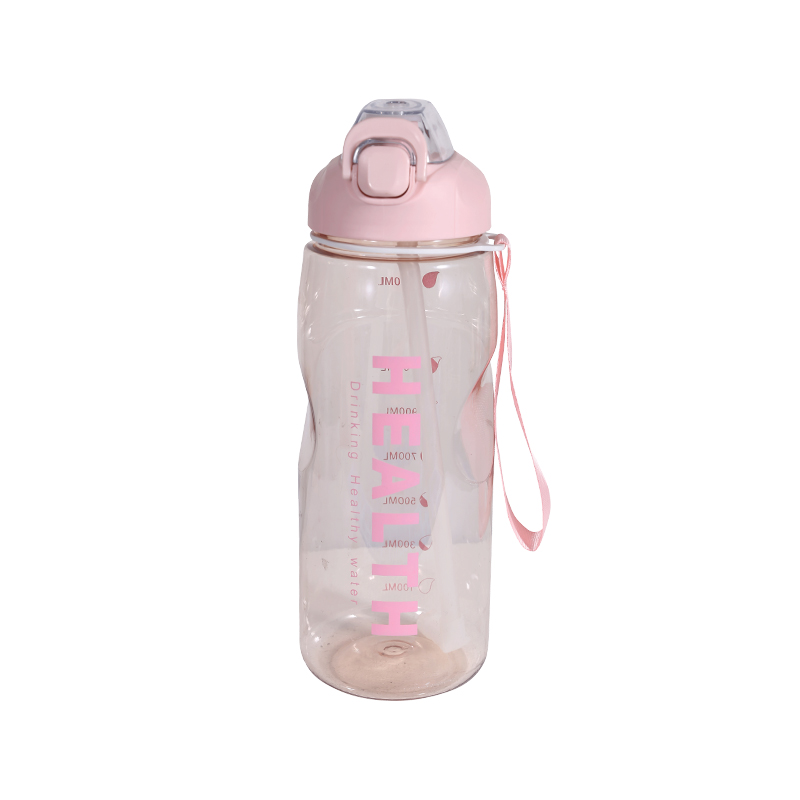Introduction to Temperature Challenges
Leak Proof Plastic Water Bottles are popular for their convenience and portability, but how well do they perform in extreme temperature environments? Whether exposed to high heat during summer activities or freezing conditions in winter, the durability and functionality of these bottles can be affected. Understanding their behavior under such conditions helps users choose the right bottle and maintain it properly for long-lasting use.

Material Stability in High Temperatures
Most Leak Proof Plastic Water Bottles are made from durable plastics such as Tritan, polypropylene, or polyethylene, which can withstand moderate heat. However, exposure to very high temperatures, such as leaving a bottle in direct sunlight or inside a hot vehicle, can cause some plastics to soften or deform. High heat may also accelerate chemical leaching in lower-quality plastics, which is a safety concern. Premium bottles use BPA-free materials designed to resist heat-related damage and maintain structural integrity.
Effect of Heat on Leak-Proof Features
The seal and cap components of a Leak Proof Plastic Water Bottle are critical for preventing leaks. High temperatures can sometimes affect the elasticity of rubber or silicone seals, potentially compromising their ability to maintain a tight fit. However, well-designed bottles use heat-resistant sealing materials to ensure that leak-proof performance remains reliable even when the bottle is filled with hot liquids or exposed to warm environments.
Performance in Freezing Temperatures
In freezing conditions, plastic water bottles face different challenges. Water expands as it freezes, which can cause the bottle to crack or the cap to loosen if the bottle is fully sealed and filled. Quality Leak Proof Plastic Water Bottles often have some flexibility to tolerate slight expansion, but users are generally advised to leave space in the bottle when freezing liquids. The plastics used typically remain intact in cold temperatures without becoming brittle, ensuring the bottle continues to function without leaks or breaks.
Thermal Insulation and Temperature Retention
While most Leak Proof Plastic Water Bottles do not have built-in insulation like double-walled metal bottles, some designs incorporate insulating sleeves or thicker walls to provide modest temperature retention. These features can help keep drinks cooler or warmer for short periods, but are not substitutes for dedicated insulated bottles. Users should be aware of the bottle’s thermal limits and plan accordingly for temperature-sensitive liquids.
Cleaning and Maintenance Under Extreme Conditions
Extreme temperatures may also impact cleaning methods. Hot water is commonly used for cleaning, but users should check manufacturer guidelines to avoid warping or damaging the bottle. Similarly, freezing the bottle for cleaning or storage should be done cautiously to prevent cracks. Proper care ensures that the Leak Proof Plastic Water Bottle retains both its physical integrity and leak-proof functionality over time.
User Tips for Suitable Use in Hot and Cold
To improve performance in hot or cold environments, users should avoid exposing the bottle to prolonged direct sunlight or extreme heat sources. When freezing liquids, it’s good to leave air space and avoid tightly sealing the bottle before freezing. Using insulating accessories can help protect the bottle and maintain desired drink temperatures. Following these practices helps extend the life of the bottle and ensures safe use.
Conclusion: Reliable Performance with Proper Use
In conclusion, Leak Proof Plastic Water Bottles generally perform well in both hot and cold environments when made from quality materials and used with care. While extreme temperatures present challenges such as potential warping or cracking, proper usage and maintenance can mitigate these risks. Understanding the temperature limits of these bottles allows users to enjoy their convenience and leak-proof reliability across a variety of settings and seasons.

 English
English 中文简体
中文简体 Español
Español